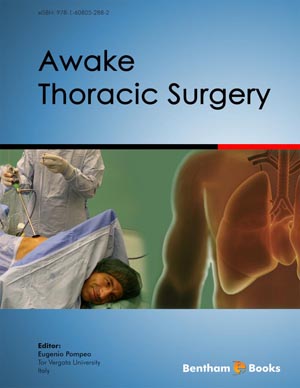Abstract
SHS investigation development is considered from the geographical and historical viewpoint. 3 stages are described. Within Stage 1 the work was carried out in the Department of the Institute of Chemical Physics in Chernogolovka where the scientific discovery had been made. At Stage 2 the interest to SHS arose in different cities and towns of the former USSR. Within Stage 3 SHS entered the international scene. Now SHS processes and products are being studied in more than 50 countries.
Abstract
The term Solitary Pulmonary Nodule (SPN) refers to a newly developed lung nodular lesion of unknown origin and up to 3 cm in diameter, which is completely surrounded by normal parenchyma without atelectasis or adenopathy.
Video-Assisted Thoracic Surgery (VATS) has been increasingly advocated as an ideal approach for management of peripheral SPN due the satisfactory results and negligible morbidity rates reported with this minimal invasive surgical option. General anesthesia with one-lung ventilation has been considered mandatory to accomplish a safe operation by VATS. However, this type of anesthesia should not be considered strictly necessary to accomplish simple pulmonary resection and can be associated with several adverse effects that can increase the procedure-related morbidity with a potential negative impact on hospital stay and overall costs.
We have employed VATS performed through sole thoracic epidural anesthesia in awake patients to resect undetermined lung nodules, solitary metastases and non-small-cell lung cancer in high-risk patients. Early results have been encouraging although the pros and cons of awake VATS pulmonary resections still need to be fully elucidated.
Keywords:
Pulmonary nodule, VATS, awake thoracic surgery, lung resection.
Recommended Chapters
We recommend

Authors:Bentham Science Books


 Download PDF Flyer
Download PDF Flyer



